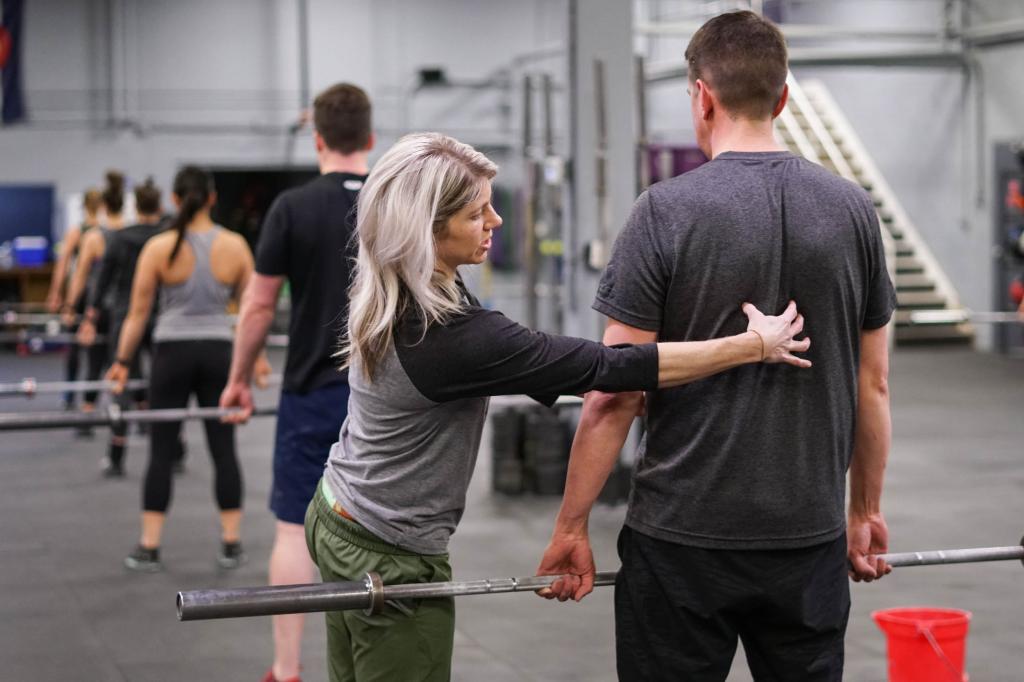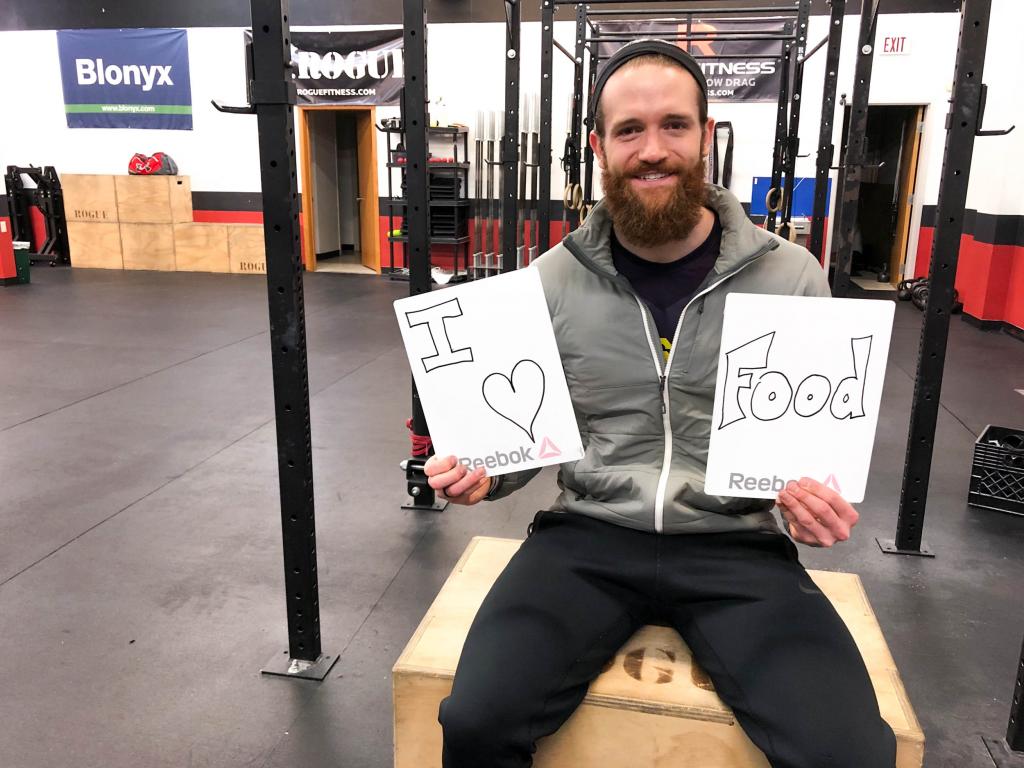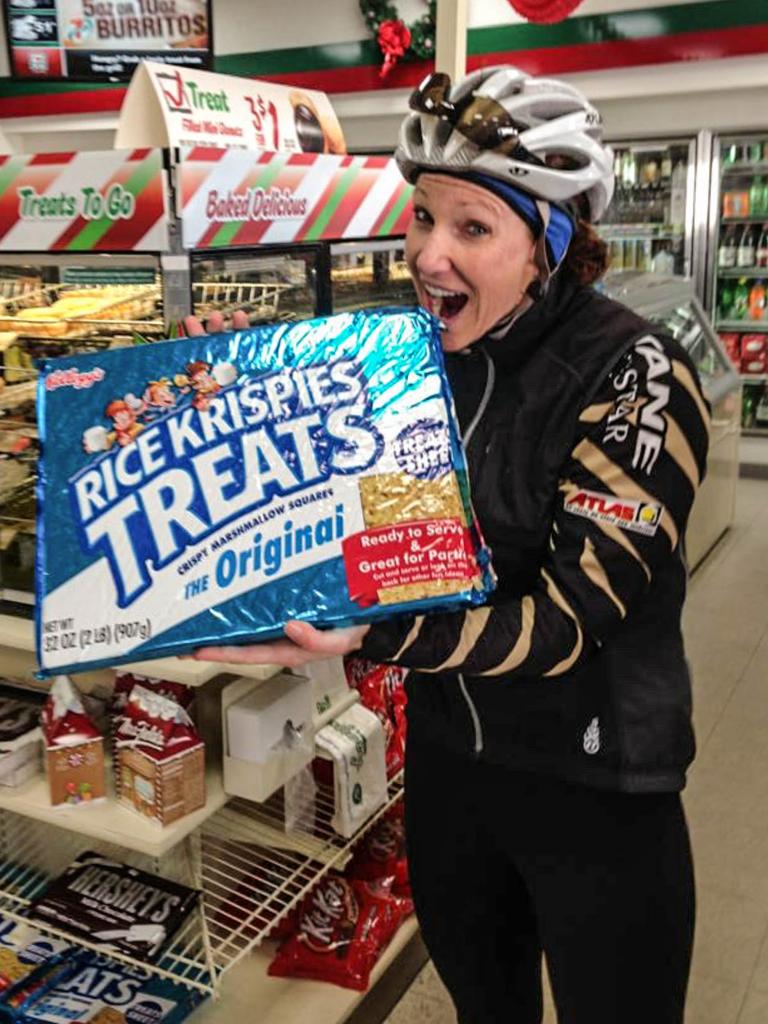
I came across this article on The Crossfit Journal, and it is definitely worth a read!The original link for the article is here : https://journal.crossfit.com/article/nutrition-culture-achauer-2
Disclaimer : I do not own this article, nor do I have any contribution in this writing, or have anything to do with the writers or publishers of this post. I simply think everyone should read it. So here goes :
Courtney Shepherd noticed that the same thing happened every January.
After eating and drinking to excess over the holidays, members of CrossFit Verve in Denver, Colorado, would approach Shepherd, the owner, and say, “Hey, I really need to lose some weight. When are we going to do the next challenge?”
“It got disheartening in the sense that we (were) not making a long-term impact,” Shepherd said.
A coach since 2011 and an owner since 2014, Shepherd knew the cycle would repeat itself after the challenge: binge, nutrition challenge, repeat.
Most CrossFit athletes understand they can’t get in shape by working out for six weeks and then staying home for the rest of the year, but many take this approach to nutrition. It’s often difficult to get members to develop lifelong habits instead of looking for quick fixes.
Some CrossFit affiliate owners have discovered the best way to improve the nutrition habits of their members is to develop a culture in which nutrition education is part of each class—coaches teach the importance of eating vegetables along with the clean and jerk.
 A diet challenge can be a start, but sustainable lifestyle changes will bring long-term health. (Dave Re/CrossFit Journal)
A diet challenge can be a start, but sustainable lifestyle changes will bring long-term health. (Dave Re/CrossFit Journal)
Build Good Habits
Shepherd started CrossFit in 2007 while training to be a firefighter at the South Metro Fire Academy. She became a member of CrossFit Verve in 2009, a part-time coach in 2011 and a full-time trainer in 2013. She bought the affiliate from Matt Chan in 2014 and works for CrossFit as a Level 1 and Level 2 Seminar Staff member.
Shepherd said CrossFit Verve used to program nutrition education as part of its on-ramp program but stopped because it made the foundations program too long, which was frustrating to new members who wanted to start attending regular classes.
Since then, the affiliate has run countless nutrition challenges, focusing on everything from the Paleo Diet to the Zone Diet to eliminating grains, dairy and legumes for 30 days. Shepherd participated in many of those challenges herself as a member, and she said she continues to implement many of the things she learned. She also observed people miserably following the diet to the letter for six weeks only to finish and say, “Thank God I can eat normally again.”
Last year, Shepherd made a change to Verve’s approach to nutrition. Instead of a six- or eight-week nutrition challenge, CrossFit Verve now hosts eight-week habit-based challenges.
“(In) the very first (habit-based challenge) that we did, we said you need to have three habits you want to change—and it can be anything, it doesn’t have to be nutrition,” Shepherd said.
Shepherd chose to remove her phone from her bed after 8 p.m. every night. Some participants committed to working out four days a week, and others decided to avoid snacking at night.
Participants were also placed on teams so they’d have an accountability buddy.
“If you accomplished that habit for the day, then you got a point. And if you didn’t, you didn’t get a point. It’s a great way to stay accountable for things like stretching or going to the gym four times a week,” Shepherd said.
After observing that people continued these habits after the challenge was over, Shepherd applied the concept of a habit-focused challenge to nutrition.
“It didn’t matter if you wanted Zone or flexible dieting. You just need to state what you wanted to change,” she said.
Leading up to the challenge, Verve hosted talks that detailed different approaches to nutrition.
 At CrossFit Verve, Courtney Shepherd focuses on helping members change habits. (Gaby Gallou)
At CrossFit Verve, Courtney Shepherd focuses on helping members change habits. (Gaby Gallou)
Shepherd scheduled the talks for the evenings. The sessions were free to members and their guests, and they covered basic nutrition, including food quality and quantity. She also hosted more in-depth nutrition classes that covered eating for competitions, the Zone Diet and flexible dieting.
Shepherd said this approach was helpful even for people who were already following the Zone Diet or who knew a lot about nutrition but had a few things they needed to tweak.
“For the people who’ve been following Zone for a long time but still have a post-workout shake, what if we say the entire challenge is based on real, whole food now?” she said. “Now you don’t get to supplement with your Belgian chocolate (protein shake). Or what if you are weighing and measuring doughnuts as part of your diet? What if we took those out?”
Shepherd said she doesn’t like telling people they should completely change what they’re doing for six weeks. She said it causes stress, people are often miserable, and when the challenge is over the good habits they developed go out the window completely.
It’s more realistic and sustainable, she said, to change just one habit at a time.
“The goal of the six weeks is to recognize that whatever you are doing, it’s not that hard or that big of a change,” Shepherd said. After, people can build on this new habit and make more small changes.
The challenge of this approach for affiliate owners and coaches is that it yields results more gradually, which could cause some people to lose interest and motivation.
Shepherd said she deals with this problem in two ways.
First, she makes an effort to remind clients that anything worth having takes time.
“We can give you what you want in six weeks, but at what cost?” she asks her members.
She also scheduled a BodPod—a mobile device that measures body composition—to visit CrossFit Verve every quarter. Taking regular measurements helps members see their progress and keeps them on track.
“The entire point of (the BodPod) is, (wherever) you start now, I want you to see that you are making continual progress over the years,” Shepherd said. The members pay for the scans but pay less for each retest, and the company doing the testing keeps the information on file for easy comparison over time.
Shepherd knows challenges help motivate people but don’t always lead to lifelong good habits. Her goal is to find a balance. Familiar with the bingeing that typically happens before and after challenges, she tries to set a different mindset from the beginning.
“I bring it up before the challenge starts, on the whiteboard, reminding them the purpose is to create lifelong habits,” Shepherd said.
 By keeping nutrition top of mind, members learn that a good diet is the foundation of CrossFit, and they’ll regularly make better decisions. (Milisa Smith/CrossFit Journal)
By keeping nutrition top of mind, members learn that a good diet is the foundation of CrossFit, and they’ll regularly make better decisions. (Milisa Smith/CrossFit Journal)
Flip the Script
Sam Karoll has owned Shadow CrossFit in Quincy, Illinois, for five years. Working with a few other affiliate owners and coaches, he recently launched an online nutrition coaching program, Xplore Nutrition, which offers a free affiliate service for gym owners who want to outsource nutrition education and coaching.
“If (affiliate owners) don’t know how to manage nutrition and they don’t want to deal with it, we (can be) an extension of their gym and create that culture for them, so a CrossFit coach can focus on CrossFit while we focus on a different side,” Karoll said.
Karoll has advice for affiliate owners who want to create a stronger nutrition culture on their own: He recommends flipping the script and turning the challenge around to the owner.
Instead of—or in addition to—instituting a six-week nutrition challenge, Karoll recommends affiliate owners challenge themselves to discuss nutrition every day for six weeks. This discussion could take the form of an article on the affiliate’s website, a post on social media or a comment at the beginning or end of class.
Karoll said this would get people thinking, “‘Hey, why is my affiliate starting to talk all the time about nutrition? Maybe I should ask my coach about this.’ And then hopefully that turns into something a little more organic, and you can actually start growing that as another service and another addition to your clientele,” he said.
Karoll’s goal as an owner of a CrossFit gym and a nutrition coaching program is to teach people how to eat the foods they love—within reason—to accomplish their goals.
“If we restrict everything that people are able to eat and we make it difficult for them to go out and go to social events, … they start feeling nervous and uncomfortable, or they feel like they have to give up what they love. We see people start to fall off quicker because they are not able to maintain their lifestyle,” Karoll said.
Encouraging members to eat well benefits more than the health of your athletes, Karoll said. It also helps with retention.
An athlete who works hard in the gym but whose nutrition is trash won’t see desirable results. This could result in thoughts of “‘hey, I don’t think your programming is that great’ or ‘I’m not doing well,'” Karoll said.
Once nutrition enters the conversation, that’s when real change happens, with both performance and aesthetics.
“Then people really start to talk about (the change),” Karoll said, “and they can actually show those results, and they start sharing on social media before and after pictures, so it’s absolutely a retention booster.”
Coaches only see their athletes for an hour each day, Karoll pointed out, while the decisions that have the most significant effect on health are made during the other 23 hours.
“So getting that nutrition component (fixed) is what can help them wake up and have more energy or sleep better or play with their kids in the backyard, and it adds up and continues to stack on top of what CrossFit already is,” Karoll said.
 Owners can use simple things like blogs and social-media posts to help members start thinking about food. (Dave Re/CrossFit Journal)
Owners can use simple things like blogs and social-media posts to help members start thinking about food. (Dave Re/CrossFit Journal)
Customized Approach
Rachel Carr owns CrossFit Laramie in Laramie, Wyoming. She’s been doing CrossFit since 2006 and has owned the affiliate for five years.
With new members, Carr starts with movement, leaving nutrition aside until they have a well-established fitness routine. Still, CrossFit Laramie has a website page devoted to nutrition, and Carr provides nutrition coaching for members and nonmembers for an additional fee.
Her approach is habit based—she tells people not what to eat but how to eat.
Carr accomplishes this by addressing manageable habits, such as telling a member to try eating until 80 percent full instead of eating until he is completely stuffed. Once that habit is established for two weeks, she’ll add in another habit, like eating more fruits and vegetables.
“I don’t really operate on a fast-fix type thing,” Carr said. “With the 30-day challenges you get a great kick-start, but it’s not a lifestyle and wellness change.”
Carr has posters around the gym and hands out flyers about her nutrition services to encourage conversations and give a little extra push for that person who is ready to make a change. She also posts articles and tips on social media to address problems that could be solved by a change in nutrition.
When people approach her with a problem, Carr tells them to keep a food log for three days, “and (then we) look at what they are doing and make little tweaks. Most people who want to venture into that nutrition world are somewhat motivated, but they are scared,” she said.
Carr likes to focus on habits and a foundation of good nutrition, no matter what style of eating the client ends up following.
“We’ve had one person who’s lost, I think, 120 pounds. We’ve had other people who have eliminated most of the soda in their diets and lost a fair amount of weight,” Carr said.
She lets the conversation about nutrition develop with a lot of dialogue about what is and isn’t working for the client.
If something’s working, she motivates the client to keep doing it. If things aren’t working, she’ll suggest another approach.
“It’s not a planned conversation, but it’s something that you kind of end up talking about just as part of your overall lifestyle,” Carr said.
Right now the gym is doing the Whole Life Challenge, which she says has gotten people looking at recipes and sharing tips, successes and failures with each other.
When it’s done, Carr plans to have a party and a conversation, asking members what they can take beyond the challenge and maintain for the long term.
Year-round Conversation
Six-week challenges get people excited about big changes and quick results, but real change happens in the other 46 weeks of the year. Once the challenge is over, does nutrition discussion end, or do your coaches talk about meal preparation along with strength and mobility?
“As an affiliate owner, I think it’s really important to start thinking on the end date (of the challenge). How do we get people to keep these habits past six weeks? What service can we offer, what information we can offer?” Karoll said.
As Karoll pointed out, nutrition is not like an AMRAP: work for 20 minutes and it’s over, back to normal life.
Nutrition is an every-day, every-month, every-year challenge.
“We want them to keep going,” he said.
I hope you find this article as informative as I did.
Regards,
The Travellothoner.


Nice article!
LikeLike
Thank you!
LikeLiked by 1 person